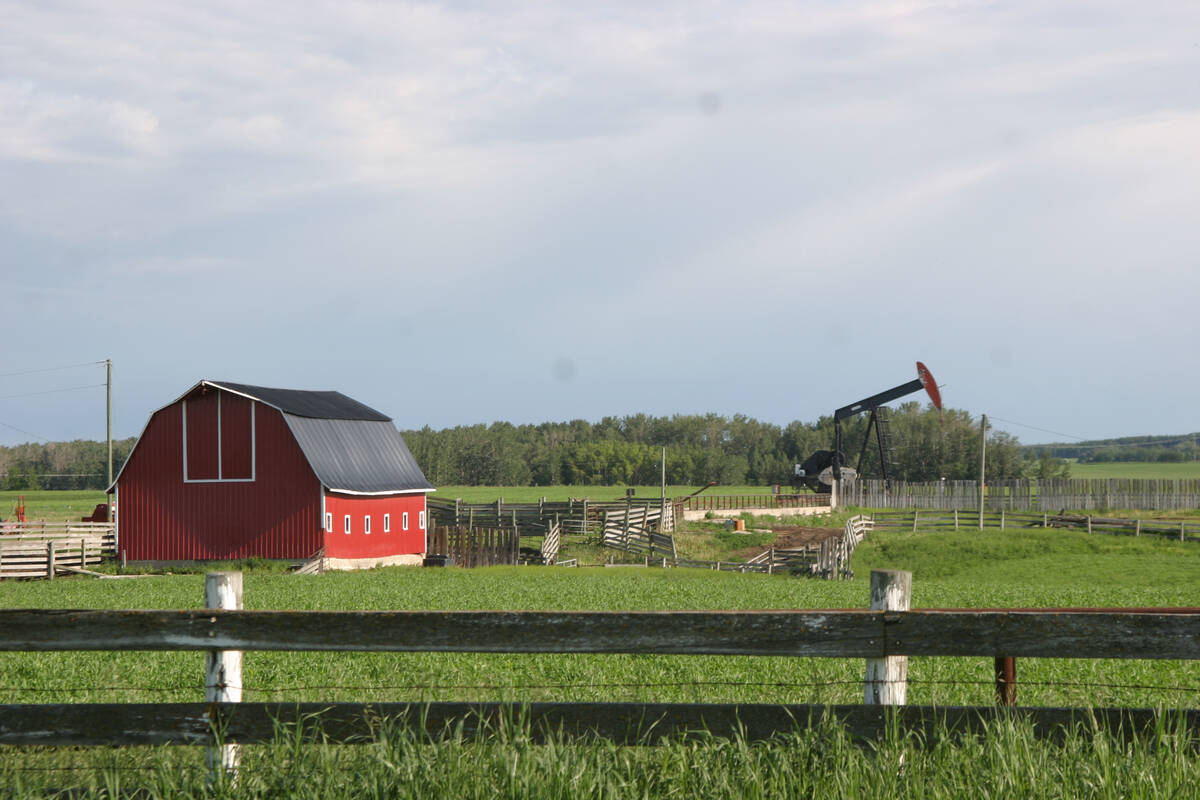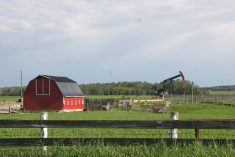Distributing new varieties of drought-tolerant maize (corn) to African farmers could save more than $1.5 billion, boost yields by up to a quarter and lift some of the world’s poorest out of poverty, a study found.
The study by the Mexicobased International Maize and Wheat Improvement Centre (CIMMYT), with input from other food-research institutes, focused on 13 African countries in which it has been handing out drought-tolerant maize to farmers over the past four years.
It described maize as “the most important cereal crop in Africa,” a lifeline to 300 million vulnerable people.
Read Also

Recommendations in the mature assets strategy could cause potential problems for landholders
The Western Stock Growers’ Association urges producers to pay attention to the potential changes to Alberta’s Mature Assets Strategy.
The Drought Tolerant Maize for Africa plan aims to hasten the adoption of maize varieties that withstand dry weather.
“The vision of this project is to generate by 2016 drought-tolerant maize that… increases the average productivity of maize under smallholder farmer conditions by 20-30 per cent on adopting farms (and) reaches 30 million to 40 million people.”
It also aims to add an annual average of US$160 million to $200 million worth of additional grain to Africa’s harvest, it said.
Wilfred Mwangi, a Kenyan agricultural economist on the project, said the drought-resistant maize shows comparative yields that beat other varieties even if there’s no drought.
“We are saying that comparing with whatever farmers are growing now, these varieties will outperform what they are doing,” he told Reuters in a telephone interview.
Repeated droughts have scorched millions of hectares of food crops in southern Africa, the Horn of Africa and the Sahel belt from Mauritania to Sudan in the past decade. Niger and Chad have been particularly badly affected after rains failed this year, with millions facing hunger.
The study found that in zones with the lowest drought risk, the tolerant maize varieties could translate into yields 22-25 per cent higher than 2007, when the project started, by 2016.
But in very dry, disaster-prone areas where crops fail 40 per cent of the time, the improvement was only seven to 10 per cent.
———
“Wearesayingthatcomparingwithwhateverfarmersaregrowingnow,thesevarietieswilloutperformwhattheyaredoing.”
WILFRED MWANGI
KENYAN ECONOMIST














